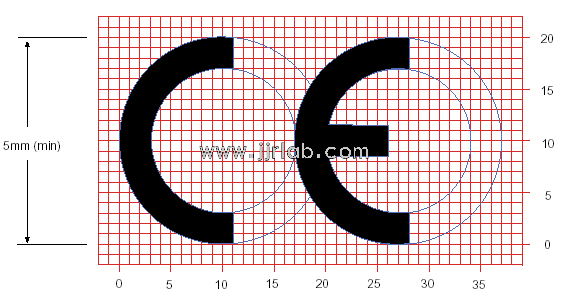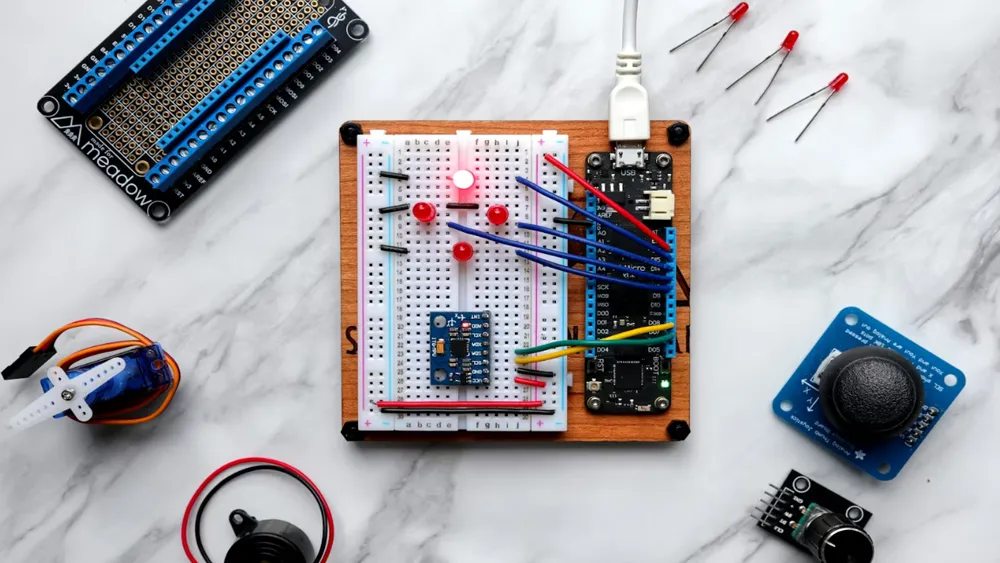
CE-RED Certification Scope and Testing Items
The purpose of the newly introduced directive is to clarify the spectrum usage scope, enhance the effectiveness of spectrum utilization, and make it easier for members to implement regULations and conduct market surveillance.
Before wireless products can be legally sold in the EU, they must undergo testing and be approved in accordance with the RED directive, and they must also bear the CE mark. Wireless remote control products must comply with the requirements of the RED Directive 2014/53/EU.

Scope of RED Certification:
1. Short-range wireless remote control products (SRD), such as remote control toy cars, remote control alarm systems, remote doorbells, remote control switches, remote MICe, keyboards, etc.;
2. Professional radio remote control products (PMR), such as professional wireless walkie-talkies, wireless microphones, etc.;
3. Wireless phones CTO, CT1, CT1;
4. ISDN (digital telephone products);
5. DECT (enhanced digital wireless telephones);
6. Mobile phone GSM, CDMA testing;
7. Bluetooth products, such as Bluetooth headsets;
8. Inductive data transmission equipment with working frequency <9kHz;
9. Wireless broadcasting receiving devices.
RED Certification Testing Items:
1. Electromagnetic compatibility test (EMC test);
2. Safety regulations test (LVD) (The new directive also requires this test for RF products with battery input);
3. Radio communication equipment testing according to European ETSI standards (RF test);
4. Notification of spectrum usage information allowed in Europe;
5. CTR (TBR) testing;
6. Electrical safety and health protection test (SAR assessment).
General Process for RED Application:
For low-frequency wireless products, we generally refer to frequencies such as 27MHz, 49MHz, 40MHz, 433MHz, 315MHz, 88-108MHz, 35MHz, 72MHz. The usage of these frequencies varies by region, as follows:
1. In the United States, the allowed frequencies are 27MHz, 49MHz, 40MHz, 433MHz, 315MHz, 88-108MHz, 72MHz;
2. In Europe, the allowed frequencies are 27MHz, 40MHz, 35MHz, 433MHz.
For such simple wireless products, we usually encounter the need to apply for FCC, R&TTE, etc.
Email:hello@jjrlab.com
Write your message here and send it to us
 What is Amazon TIC and How Can Sellers Achieve Com
What is Amazon TIC and How Can Sellers Achieve Com
 2026 Battery UN38.3 Certification (Test Report) &a
2026 Battery UN38.3 Certification (Test Report) &a
 What is the IEC 62680 Standard? Compliance Interpr
What is the IEC 62680 Standard? Compliance Interpr
 Amazon Japan December Compliance Requirements
Amazon Japan December Compliance Requirements
 How to Check a CPSC-Accepted Laboratory?
How to Check a CPSC-Accepted Laboratory?
 WEEE Registration for Waste Electrical &Electr
WEEE Registration for Waste Electrical &Electr
 MSDS Chemical Safety Testing
MSDS Chemical Safety Testing
 What Are the Differences Between UK REACH and EU R
What Are the Differences Between UK REACH and EU R
Leave us a message
24-hour online customer service at any time to respond, so that you worry!




